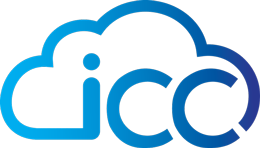As we continue our series of Cloud topics, it is time to learn more about Virtual Desktops. They have become commonplace for many but still remain a mystery for others. I hope this discussion will answer some of the questions you may have.
First and foremost, a Virtual Desktop is a desktop. It has the look, feel, and use of a common computer desktop. Virtual Desktops use popular operating systems such as Microsoft Windows. Because of this, there is no learning curve.
The desktop and all of your information are stored on a server, known as the Cloud. Companies can purchase the servers themselves or use a Cloud Services Provider. The virtual desktop is then made available anytime and from anywhere and can also be accessed from any computer with internet access. This has become increasingly attractive as many companies have remote workers. Typically, you login to your desktop from a webpage or client application using a username and password (additional security measures can be added). Your view and access remain consistent from different devices. The speed of use is not dependent on the device. This allows you the ability to save money by alleviating the need to constantly refresh hardware. Since computers do not need to be part of an internal network, many companies have implemented Bring Your Own Device (BYOD) programs. The freedom from hardware purchasing and maintenance have been a major factor in the growth of virtual desktops.
In our next blog, we will continue our discussion on Cloud topics.

